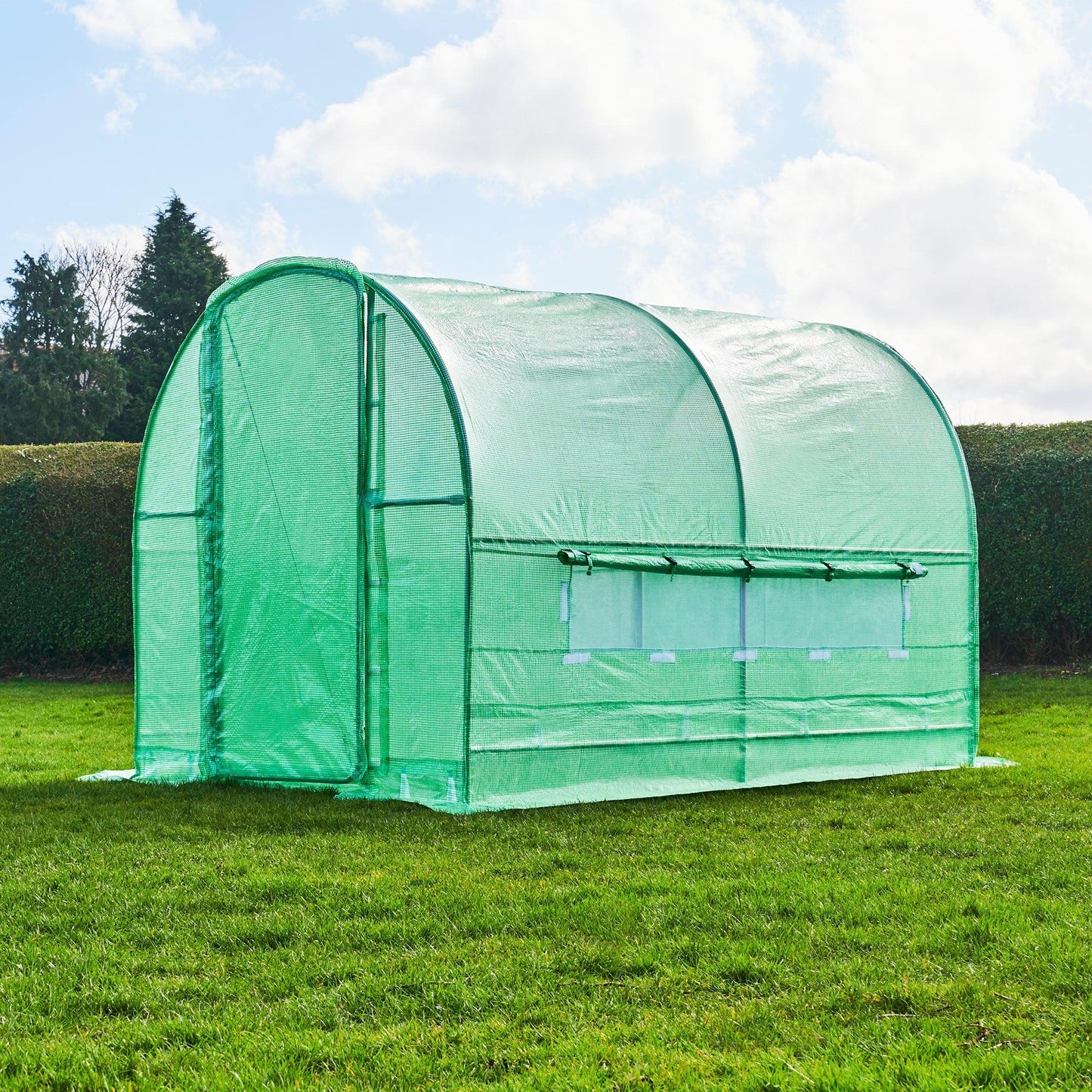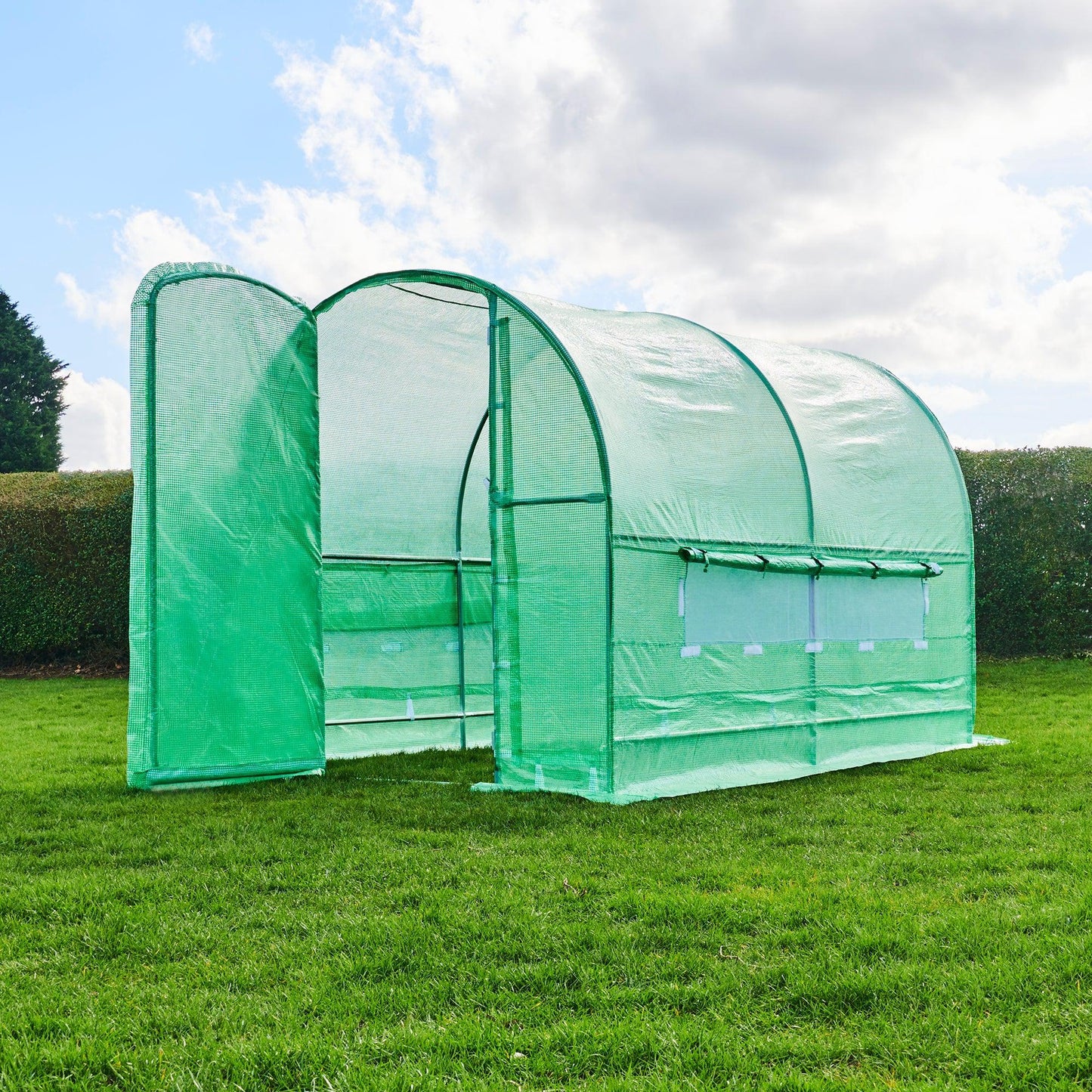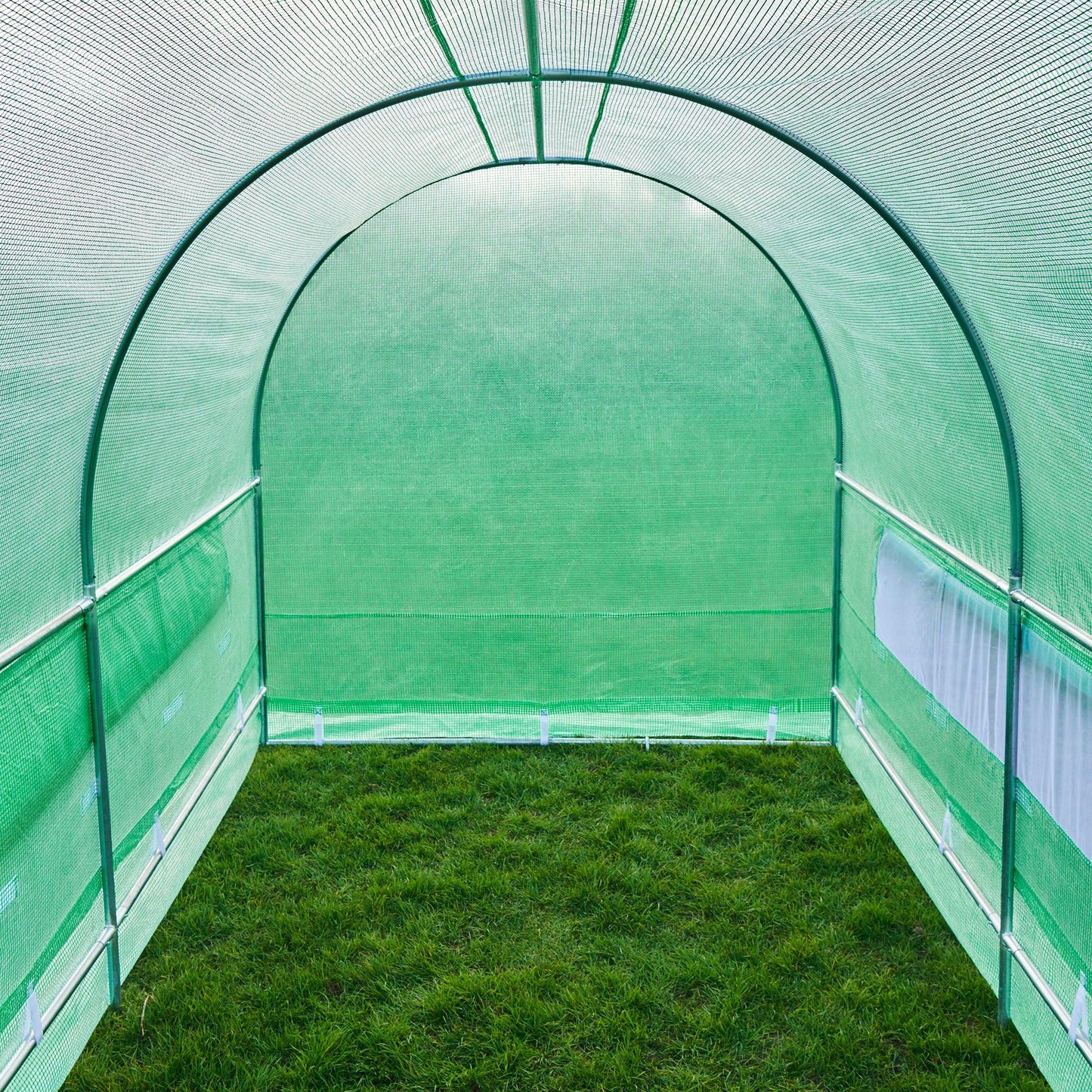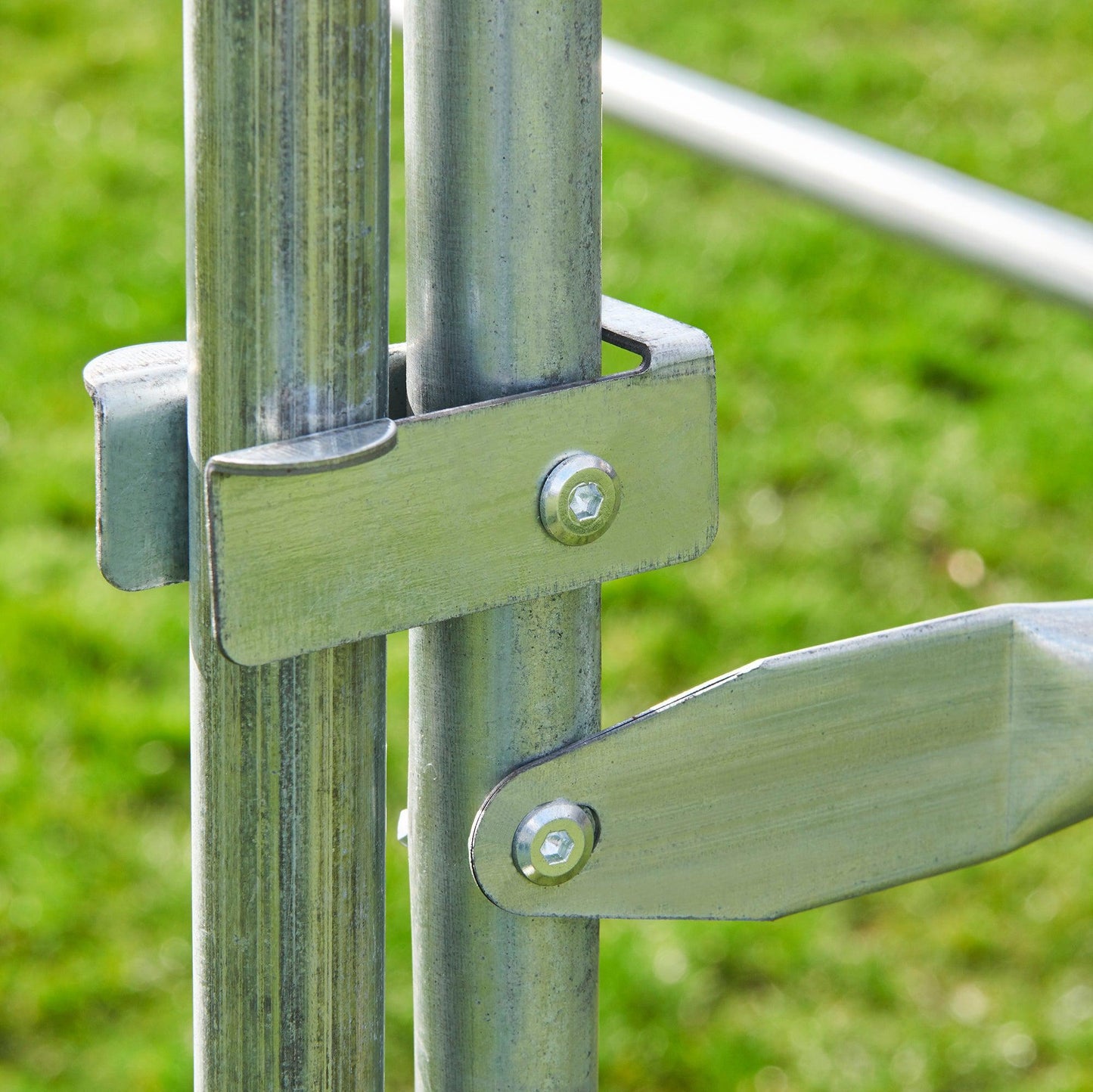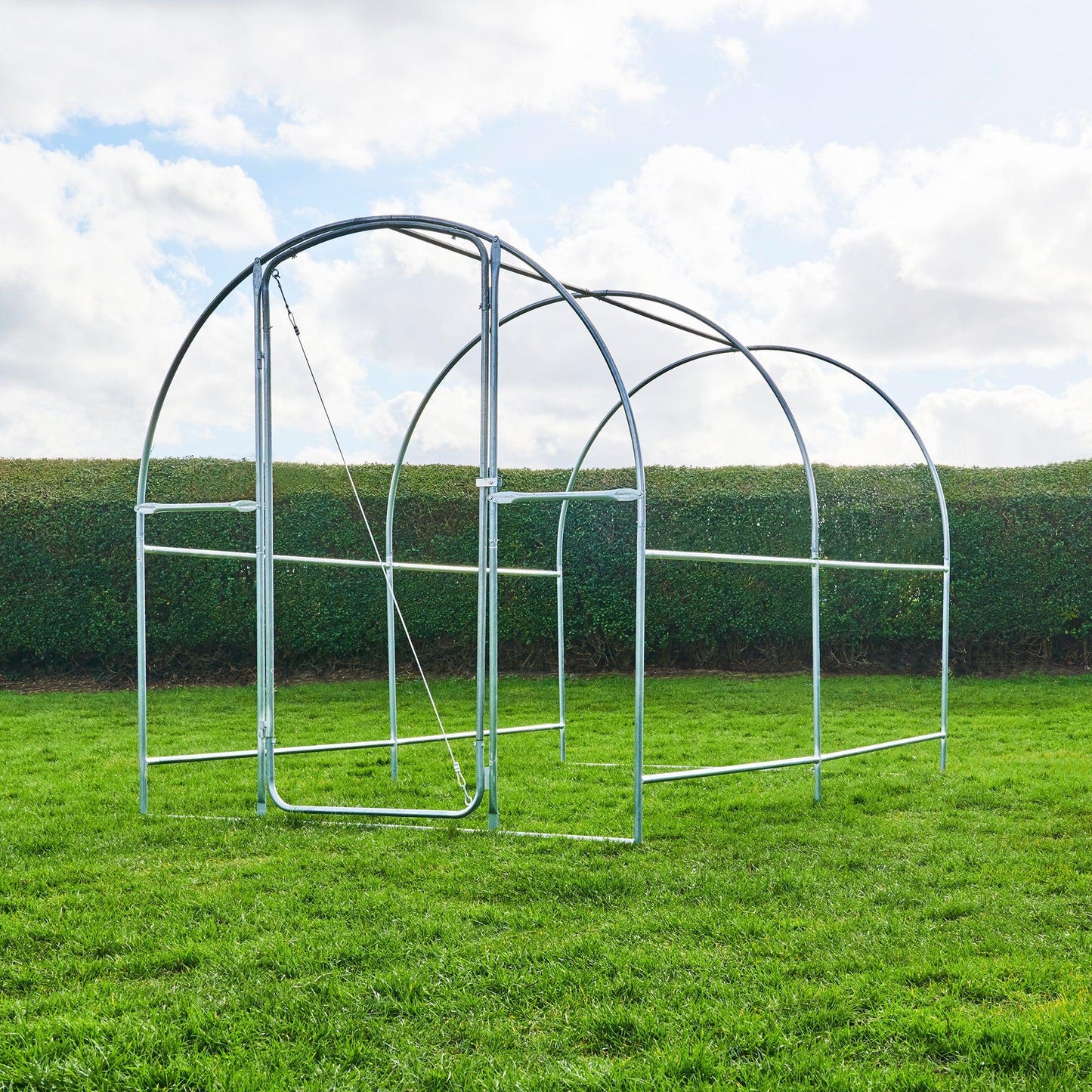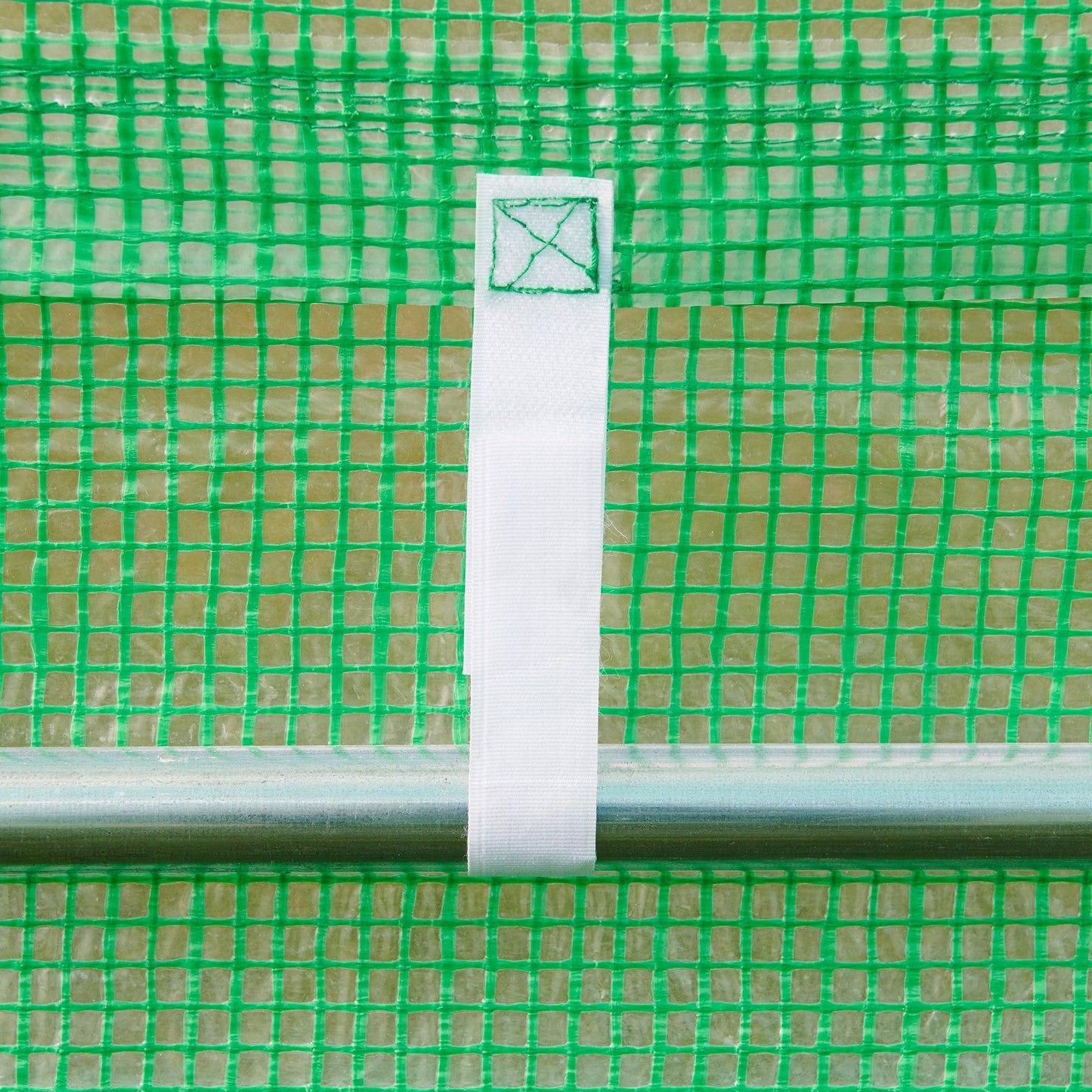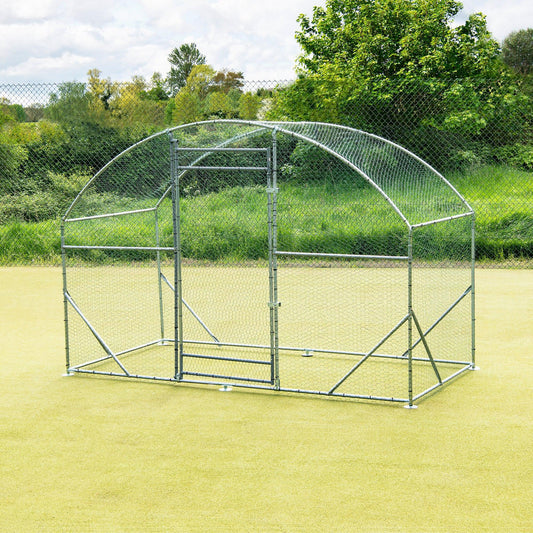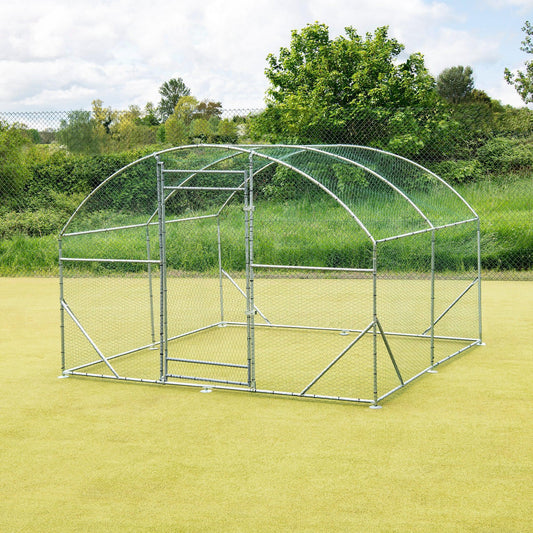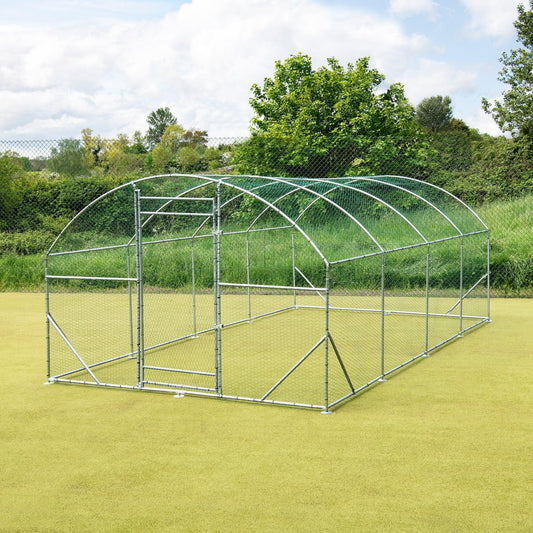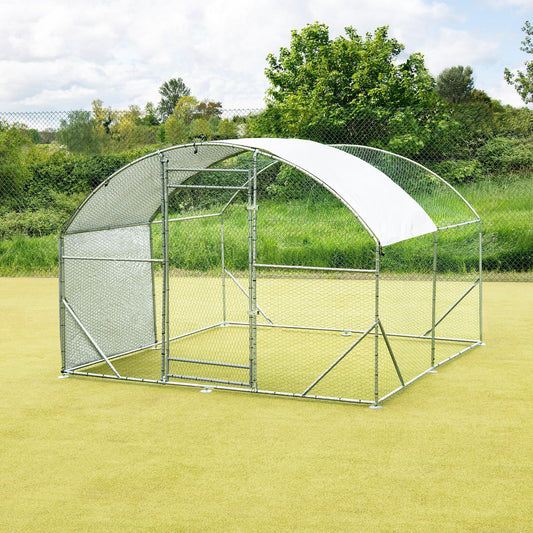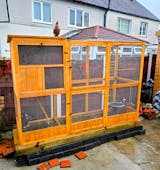What Is Avian Flu?
Bird flu is a type of influenza, it is a virus that impacts the respiratory and digestive tracts of infected birds. Bird flu is separated into two categories: highly pathogenic avian influenza (HPAI) and low pathogenic avian influenza (LPAI), we are currently experiencing an outbreak of H5N1 which is the highly pathogenic type.
The Chief Veterinary Officer for the U.K has stated it is 'the largest ever outbreak of bird flu and are seeing rapid escalation in the number of cases on commercial farms and in backyard birds across England.'
What to look for;
Birds that are infected with highly pathogenic avian influenza could exhibit one or more of the following clinical signs: sudden death; lack of energy and appetite; decreased egg production; soft-shelled or misshapen eggs; swelling; purple discolouration; nasal discharge; coughing, sneezing; lack of coordination and diarrhoea.
If you notice these symptoms in your birds or wild birds you can report it to Defra immediately - 03000 200 301.


